Climate class table of refrigerators
Today, refrigerators are installed in every apartment. When choosing an aggregate, most users focus on the manufacturer, power, number of shelves and other parameters. However, few people know about the climate class table of refrigerators. With its help, you can determine the optimal operating conditions of a particular model of the unit.
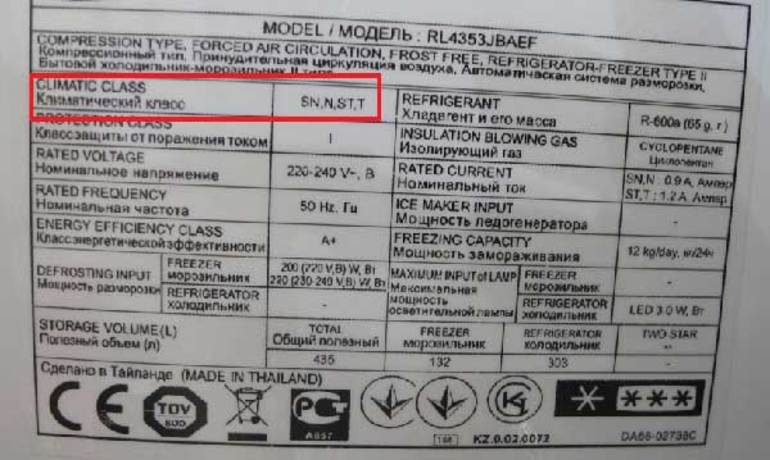
Definition of a concept
There are 4 types of climate class - N, SN, ST, T. These symbols are indicated on a special label located on the back of the unit. Climatic class means at what temperature the refrigerator should be used in the room. Not every user knows that non-compliance with the manufacturer's recommendations can lead to premature failure of the device.
The compressor of the unit is designed for a certain difference between the temperature of the space inside the refrigerator and the environment. When the unit is installed in a hot room, the compressor unit will quickly exhaust its life. Thus, before purchasing a refrigerator, you need to know its climate—class. If the unit fails due to non-compliance with the rules of operation of the product, then its repair will be carried out at the expense of the user.
Main differences
The seller in the store should tell about the features of a particular household appliance. However, it is better to go for a refrigerator, knowing all the nuances of choice. The Latin letters of the climate class are deciphered as follows:
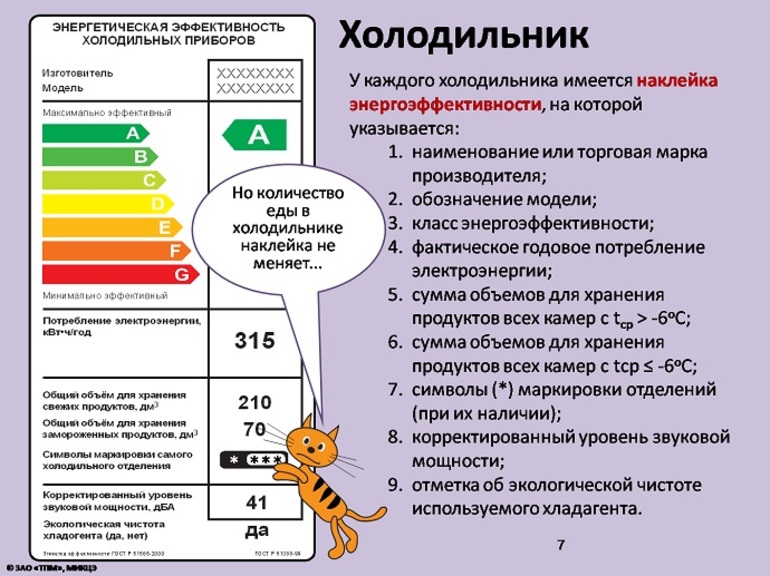
- Class N is normal. Such devices are designed for use in normal climates.
- The SN class is subnormal. It has advanced features for regions where the annual temperature is below average. SN class refrigerators are recommended to be installed in rooms with weak or unstable heating.
- The class ST is subtropical. Devices belonging to this class can be used in areas with long and hot summers. However, at abnormally high operating temperatures, the room must be air-conditioned.
- Class T is tropical. This equipment is designed to work in regions where the heat does not subside all year round. Climatic class T in the refrigerator can also be useful to Russians living, for example, in the Krasnodar Territory.
Domestic manufacturers of household appliances often designate climate classes N and SN with UHL letters. Recently, manufacturers began to produce aggregates of combined classes. Among them, the most popular are:
- N-ST. The operating temperature range is 16–38 degrees above zero.
- N-T. The unit is designed to operate at a temperature of 16−43 degrees.
- SN-ST. The temperature range is 10–38 degrees.
- SN-T. Permissible operating temperature is 10−43 degrees.
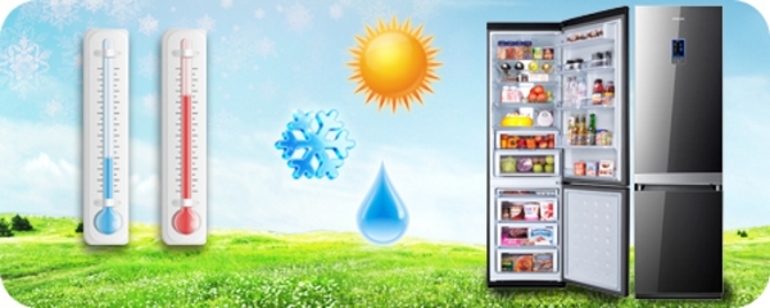
There are also refrigerators on the market that combine not only two, but also 3 and even all 4 climate classes. This means that they are designed to operate in the widest possible temperature range. Such a device can be useful not only in everyday life, but also in the restaurant business.
Design Features
The climatic class of the freezer or refrigerator determines the presence of some differences in the design of the units. This is quite logical, because the devices are designed to work in specific climatic conditions. Among the main design features, depending on the climate class are:
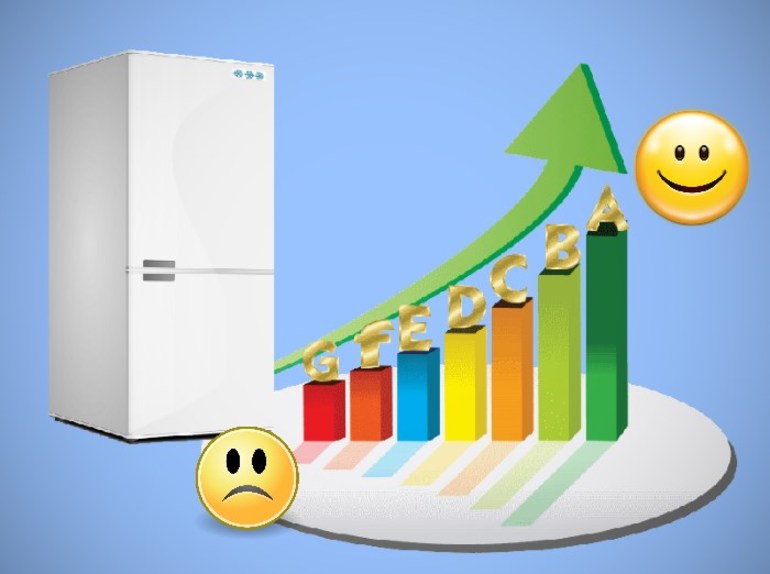
- Compressor power. The higher the class, the more powerful the compressor unit should be used in the refrigerator. Compressors with maximum performance are equipped with devices of classes ST and T.
- Thermal insulation layer. In the manufacture of units designed to operate in tropical and subtropical climates, special thermal insulation materials are used. The main requirement for them is high resistance to mold formation, since the refrigerator will have to work in conditions of high humidity.
- Heat transfer area. Products intended for operation in temperate climatic regions are equipped with condensers and evaporators of a smaller area than devices for hot climates.
- Ventilation system. It is necessary for cooling the compressor unit in order to increase the efficiency of the heat transfer process, as well as speed it up.
It is obvious that devices of the tropical and subtropical classes consume more energy. This is due to the fact that they are equipped with powerful compressors, without which it is simply impossible to maintain the desired temperature in the refrigerator and freezer.
Electric power consumption
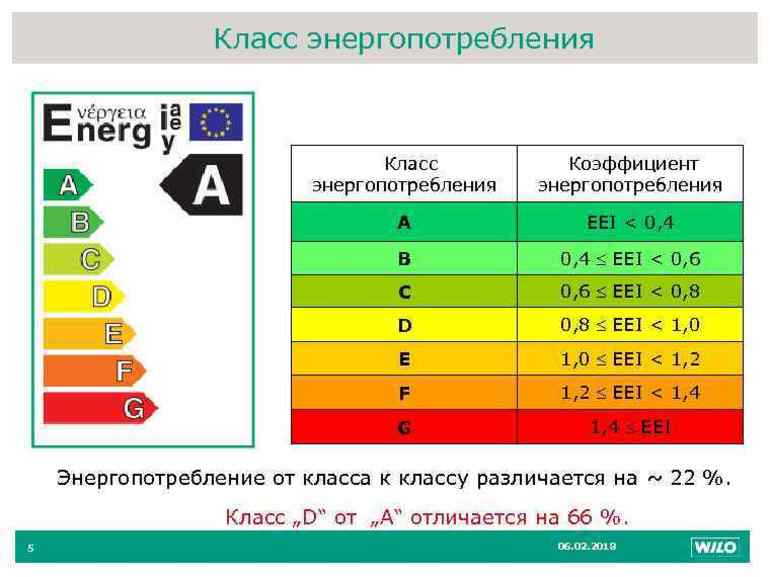
By purchasing a refrigerator in accordance with the expected conditions of its operation, it is possible not only to extend the life of the unit, but also to optimize energy consumption. Manufacturers in the technical specifications of their product indicate the average indicator of electricity consumption throughout the year. When calculating energy efficiency, the temperature in the refrigerator is 5 degrees, and the environment is 25 degrees. In this case, the maximum difference should not exceed 20 degrees.
This calculation technique is used for equipment of classes N, SN and ST. For tropical climate-class devices, temperatures are respectively increased to 7 and 32 degrees. This is how European manufacturers of household appliances calculate the average indicator of electricity consumption with their product during the year. Asian and American companies use other methods for this.
Some users often confuse a climate-class energy-efficient device with a climate label. The first indicator reflects the amount of electrical energy that the device consumes per unit of time, for example, a year. Latin letters A to G are used to designate it. The highest energy efficiency class is A +++.
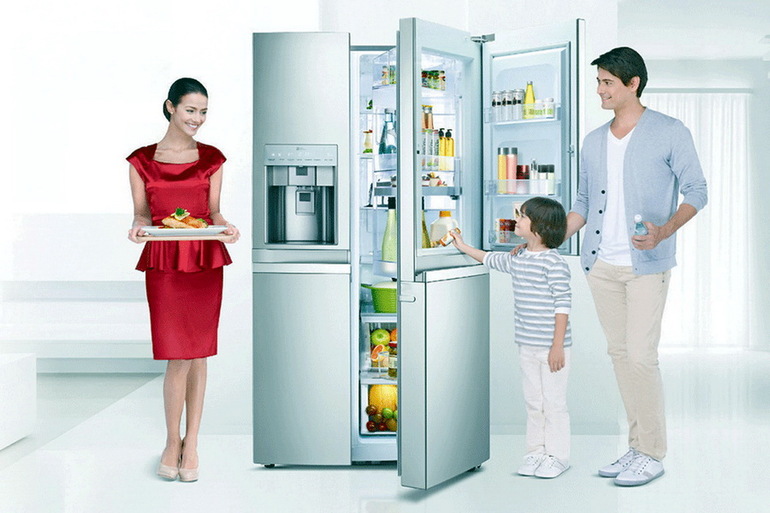
Having become acquainted with a new characteristic for themselves, many users want to understand which climate class of the refrigerator is better for the Russian Federation. In many respects, the answer to this question depends on the environment that will be created for the operation of the unit. If the refrigerator operates at a temperature not exceeding 32 degrees, then with the same dimensions of models with different climate class, the consumption of electric energy will be approximately the same.
For the unit to last a long time, you need to follow a few simple rules:
- You cannot place other devices on the device, for example, a microwave;
- if the oven is often used, it makes sense to install an air conditioner;
- Do not install the refrigerator near the gas stove.
Selection rules
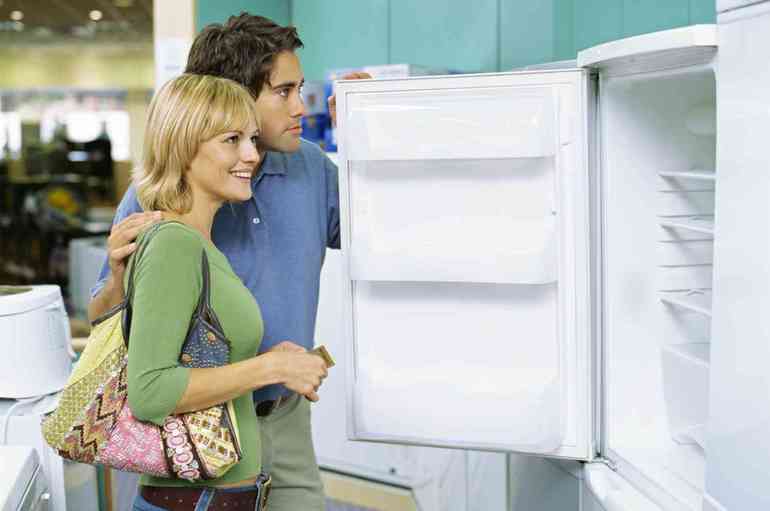
An experienced user before going to the store will carefully study on the Internet all the technical characteristics of the model he liked. It is also useful to set the average temperature at different times of the year. Thanks to this, you can easily determine the climate class of the refrigerator. Today on the market you can find units of combined classes that can operate in a wide temperature range. However, it should be remembered that their cost and energy consumption are higher.
For a large number of regions of the Russian Federation, aggregates of classes N and SN are perfect. This is due not only to their more attractive cost. The temperature in urban apartments very rarely exceeds 32 degrees even without an air conditioner installed.In modern kitchens, a cooker hood is used during cooking, with which you can normalize the indoor climate.
If you do not install the unit near heat sources, for example, a battery or a gas stove, the compressor will turn on quite rarely. Most often, problems with the operation of household appliances arise due to errors made by the user himself during its operation. Compliance with the rules of operation of the refrigerator will increase the life of the device.
- How to choose a vacuum cleaner taking into account the characteristics of the house and coatings?
- What to look for when choosing a water delivery
- How to quickly create comfort at home - tips for housewives
- How to choose the perfect TV - useful tips
- What to look for when choosing blinds
- What should be running shoes?
- What useful things can you buy in a hardware store
- Iphone 11 pro max review
- Than iPhone is better than Android smartphones



